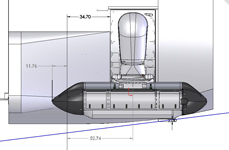
|
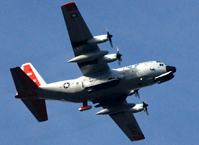 |
|
|---|
ICEPOD
An Integrated Ice Imaging System for LC-130s
Project Personnel
Lamont-Doherty Earth Observatory
EXTERNAL LINKS
Project Personnel
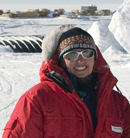 |
Robin Bell is a geophysicist who uses remote sensing tools to study parts of the world that are invisible without these instruments. Using light and sound to penetrate ice and water geophysicists can image through what lies below these landscapes. Early in her science career Robin worked on adapting technology being used in the oceans into airborne applications. Robin has coordinated eight major Antarctic aero-geophysical expeditions, the most recent during the Fourth International Polar Year to the interior of East Antarctica on the AGAP project, mapping the subglacial Gamburtsev Mountains. |
|---|---|
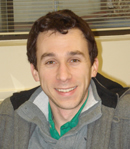 |
Chris Bertinato is an engineer responsible for the GNSS-inertial positioning system on the IcePod. He works on integration of the sensors, designs test flight runs and system calibration and testing. |
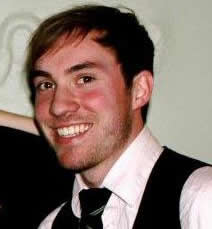 |
Scott Brown is a research associate of Chris Zappa's and holds degrees in physics and electrical engineering. His responsibilities include equipment characterization and maintenance, field data acquisition, and post-processing analytics. Working closely with the other IcePod engineers, he facilitates integration of the visible and infrared imaging systems. |
|
Jim De Temple is the program manager for our Polar Geophysics group. Jim comes to IcePod on the heels of a military career and a long history of management and oversight. He ensures the project is moving forward as planned, coordinates with the New York Air National Guard and outside project contractors, facilitating hires, purchases, reports and numerous project details. |
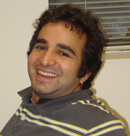 |
Tejendra Dhakal works as an Electronics Engineer in the Polar Geophysics Group. Tej works in the IcePod lab on the system hardware integration and on the development of the digital implementation of the ice depth radar. |
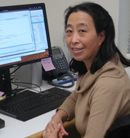 |
LingLing Dong is a data engineer who applies Computing Science knowledge to Earth Science research. She joined the IcePod project at Lamont from NCAR. She has degrees in both Computing Science and Earth Science. LingLing's responsibility includes developing software to perform data acquisition, scientific calculations, displays, data transmission over the internet, data quality monitoring, and data models. She administrates computers in the Polar group by loading the OS, configuring, and placing them in the local network. |
|
Nick Frearson is the senior engineer for IcePod. Nick moved to Lamont from the British Antarctic Survey where he managed the engineering group responsible for providing and maintaining their Airborne Geophysics installation. Nick has spent seasons in the field in both the north and south polar regions, most recently as part of the AGAP project mapping the subglacial Antarctic Mountains in East Antarctica. Nick will oversee the design and installation of the pod and equipment as the engineering lead on this project. |
|
Margie Turrin is education coordinator for the polar research group. She is involved in developing concept and data based geoscience activities for K12 to undergraduate students to teachers and the general public. She also runs field based learning experiences for students and teachers connecting science and its concepts to real world application. She has a webpage of created polar education resources. |
|
Chris Zappa is a physical oceanographer with a specialty in ocean-atmosphere interaction. Chris's many projects include studying ocean processes such as wave dynamics, as well as airborne infrared remote sensing and upper-ocean processes. For this project he will adapt some of these principles and instruments to icy surfaces. Chris will run the development and implementation of the airborne infrared and visible imagery remote sensing of the surface of the ice in order to provide snow surface temperature accurate to 0.1°C. |
|

This project is funded through NSF research grant #ANT 0958658 under the MRI initiative | contact us | web master
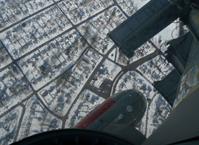
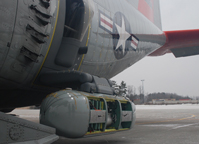
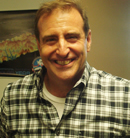
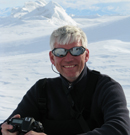
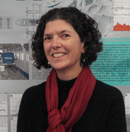
_0.jpg)